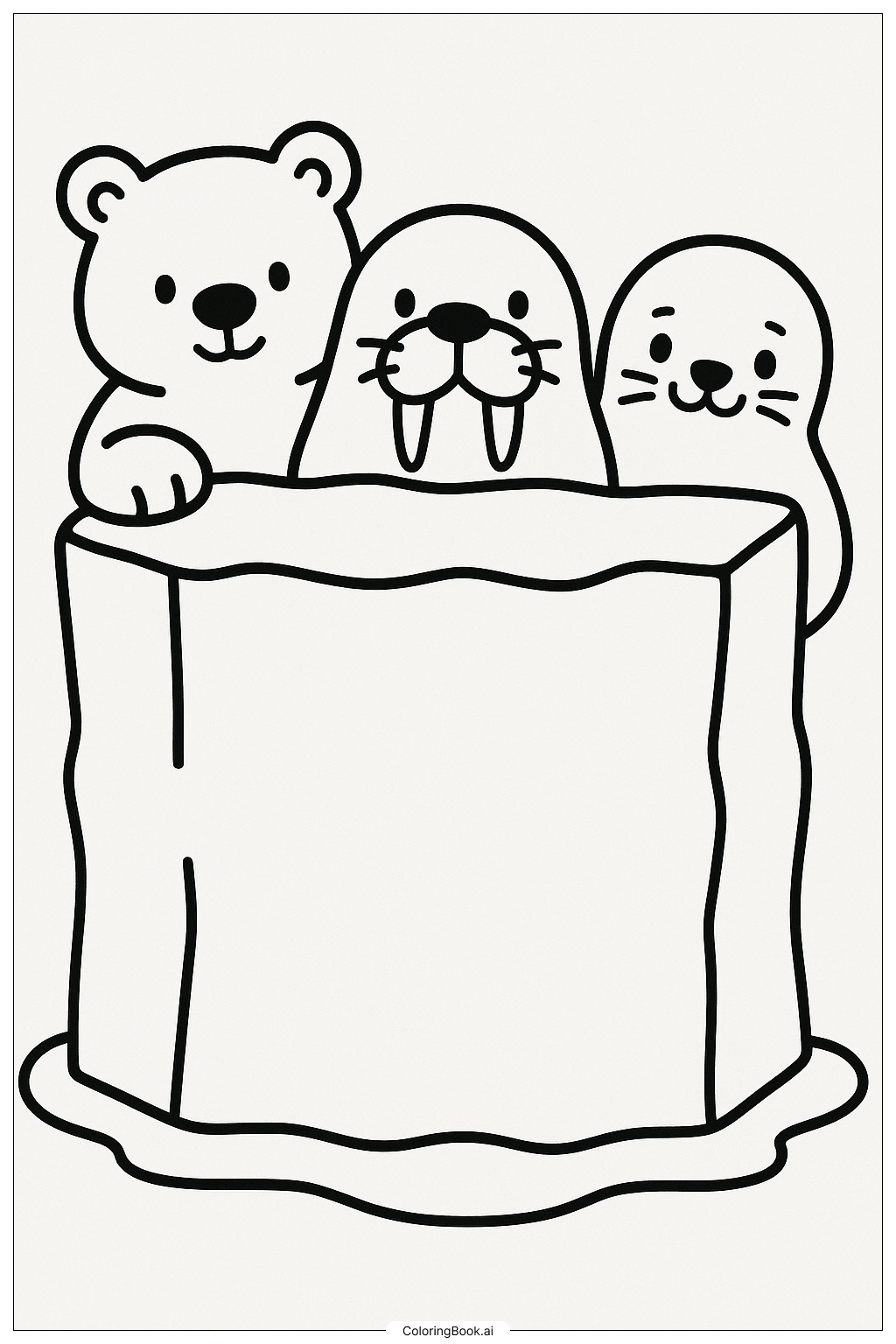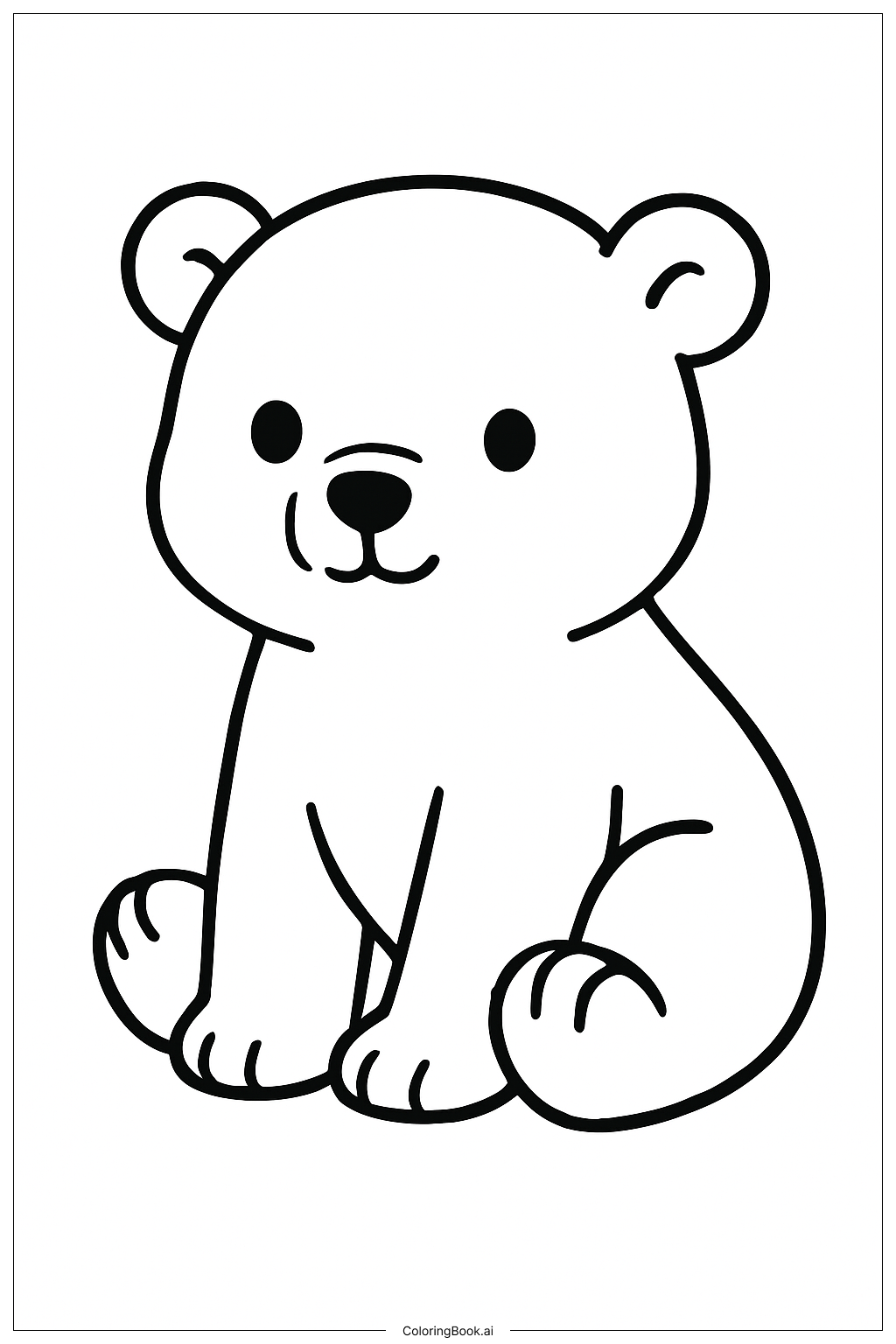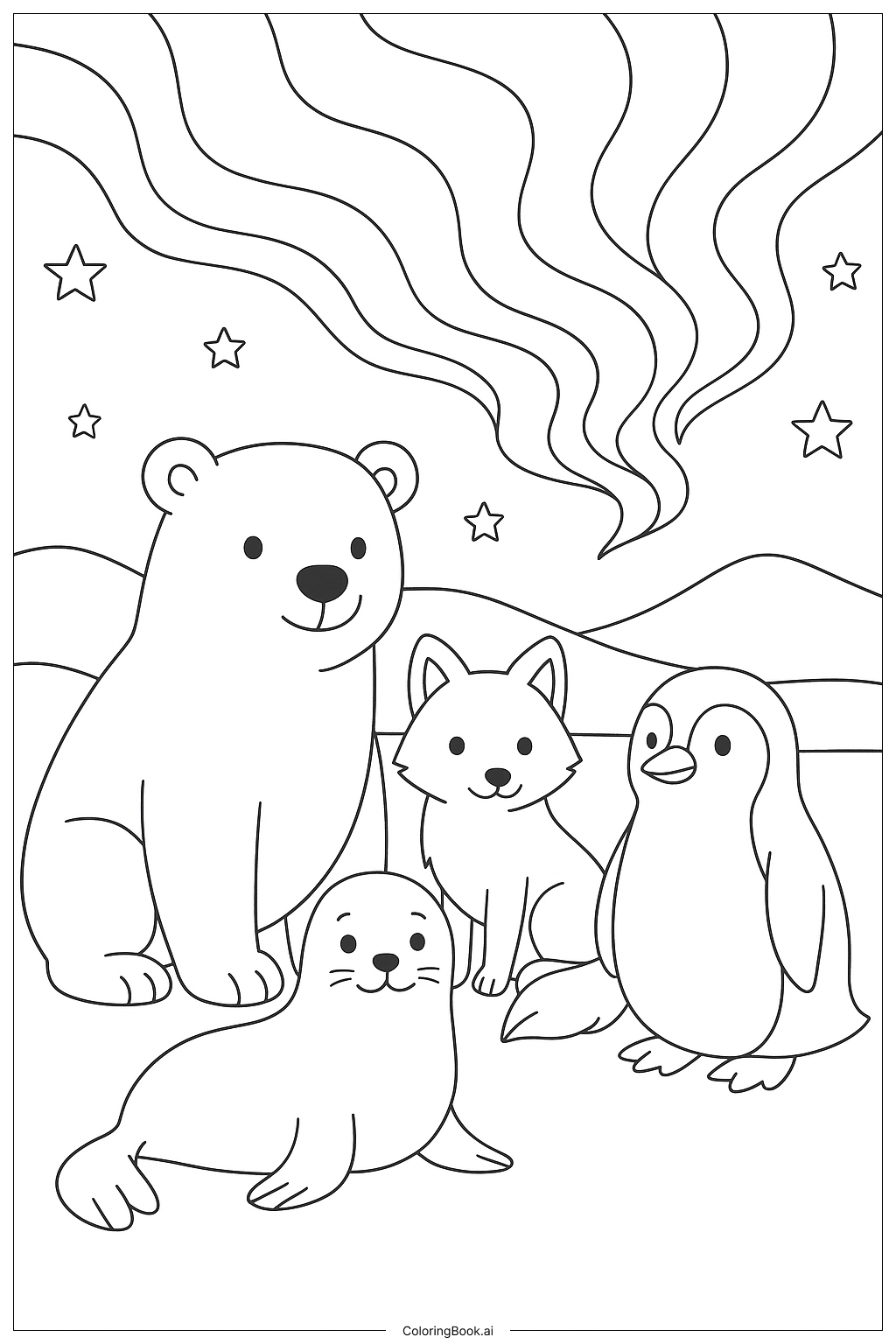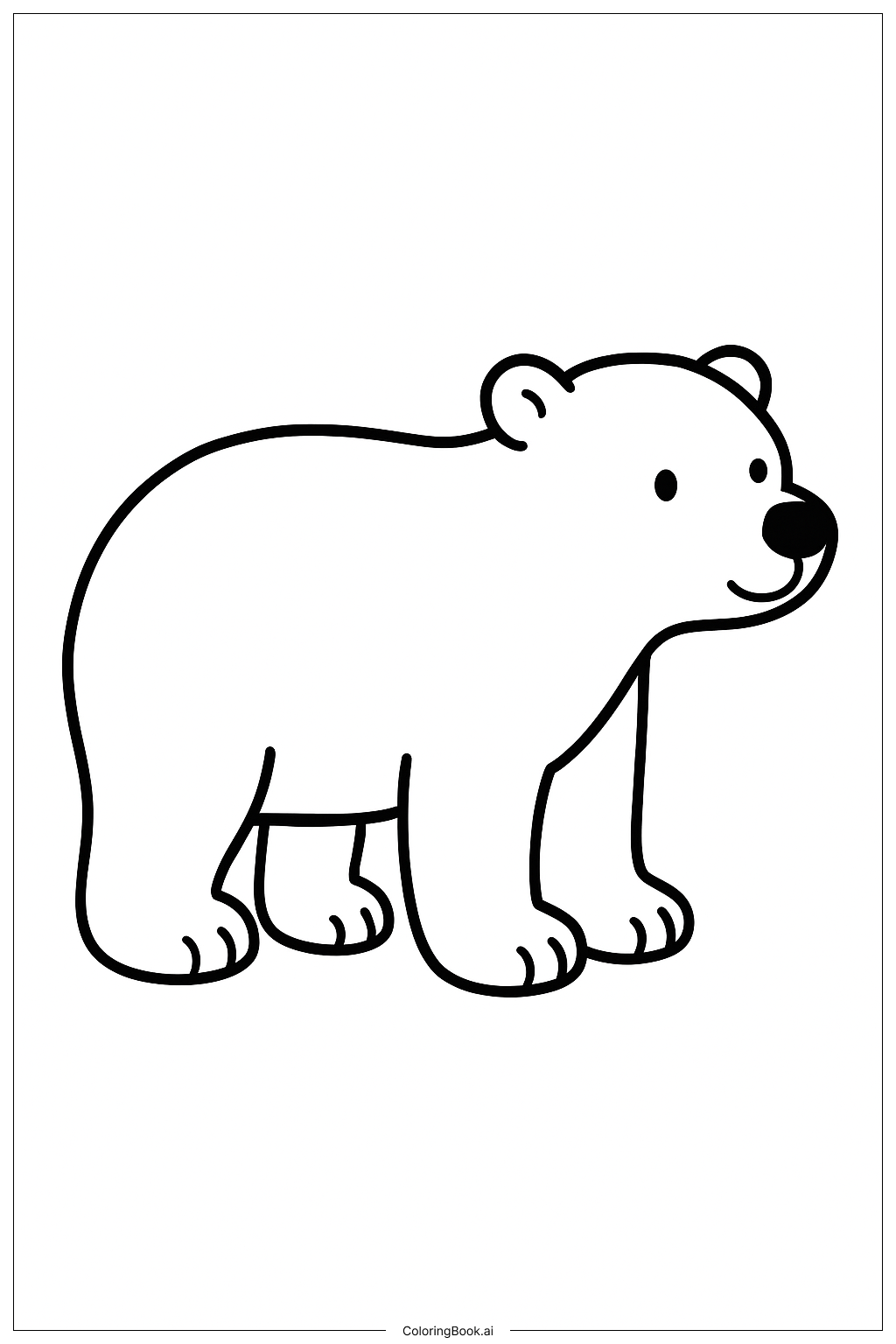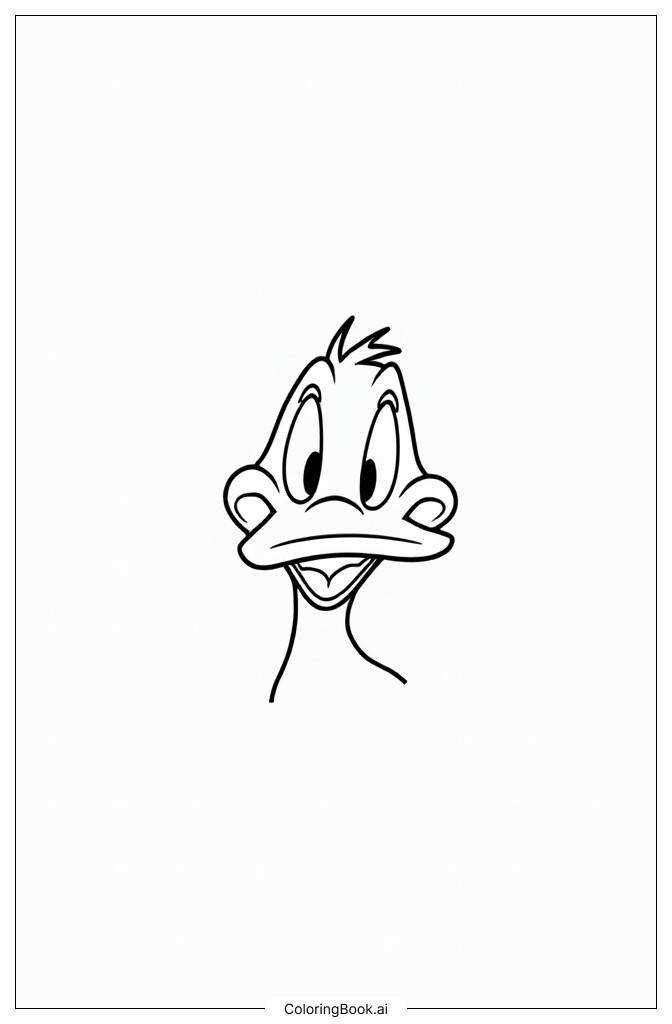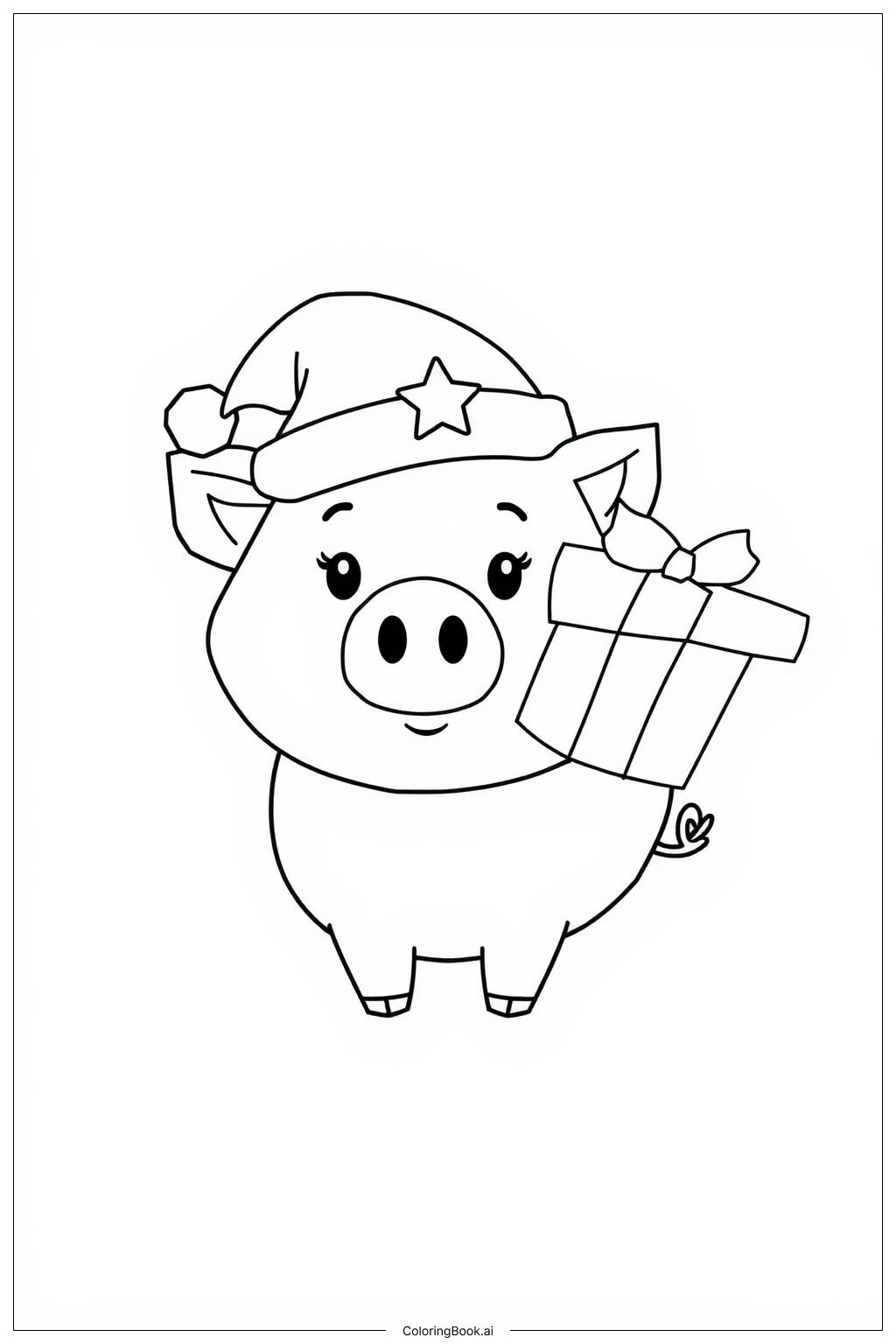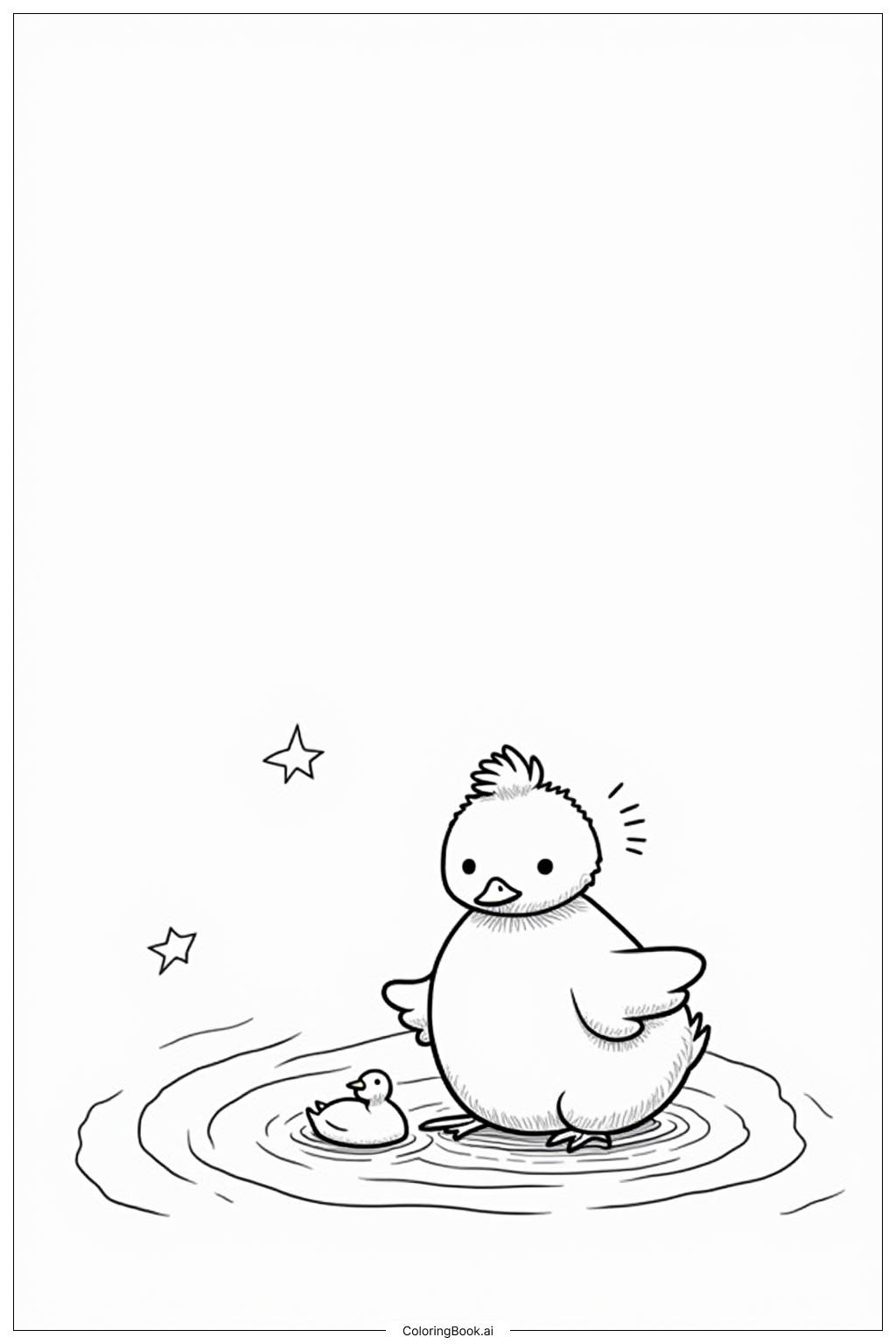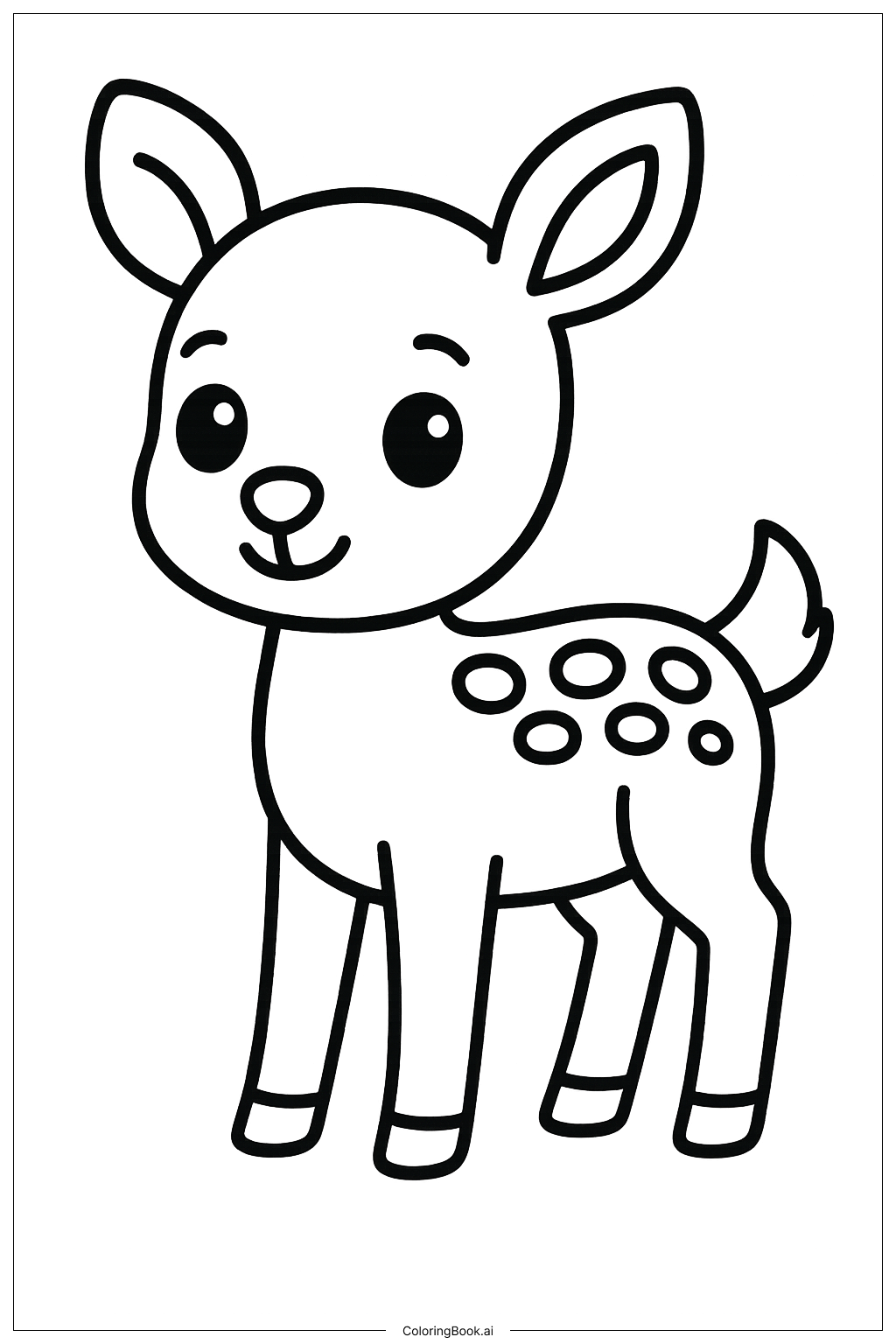Coloring tips: How to color Arctic Animals Peeking From Behind an Ice Block coloring page well?
Use light gray or white to color the polar bear to keep it looking realistic. The walrus can be colored in shades of brown, with darker brown for the tusks. The seal can be shaded in light gray or pale blue. Color the ice block with light blue or soft gray tones to show its coldness. You can add some white highlights on the ice to make it look shiny. Use blue or white for the puddle around the ice block. Feel free to add a light blue background to show the chilly Arctic environment.
Coloring challenges: Which parts are difficult to color and need attention for Arctic Animals Peeking From Behind an Ice Block coloring page?
1. Coloring the ice block can be tricky because it needs to look transparent and shiny. Using just one color might make it look flat or too heavy. 2. Keeping the polar bear and seal realistic while also fun and cute can be a challenge. They both have simple shapes but shading them is needed to add depth. 3. The walrus has detailed features such as long tusks and whiskers that need careful coloring within small spaces. 4. Balancing the colors between animals and ice to make sure the animals stand out without the ice overpowering them can require some attention. 5. Coloring the small puddle at the bottom without making it muddy or overly dark can be difficult.
Benefits of coloring books: Advantages of drawing Arctic Animals Peeking From Behind an Ice Block coloring page
Coloring this image helps children learn about Arctic animals and their environment. It improves fine motor skills as they carefully color small details like whiskers and tusks. Using soft colors for the ice and different shades for the animals teaches color blending and shading. It also encourages creativity and focus, as kids decide how to make the animals look friendly and the ice realistic. This activity can be both fun and educational, helping children connect with nature.
